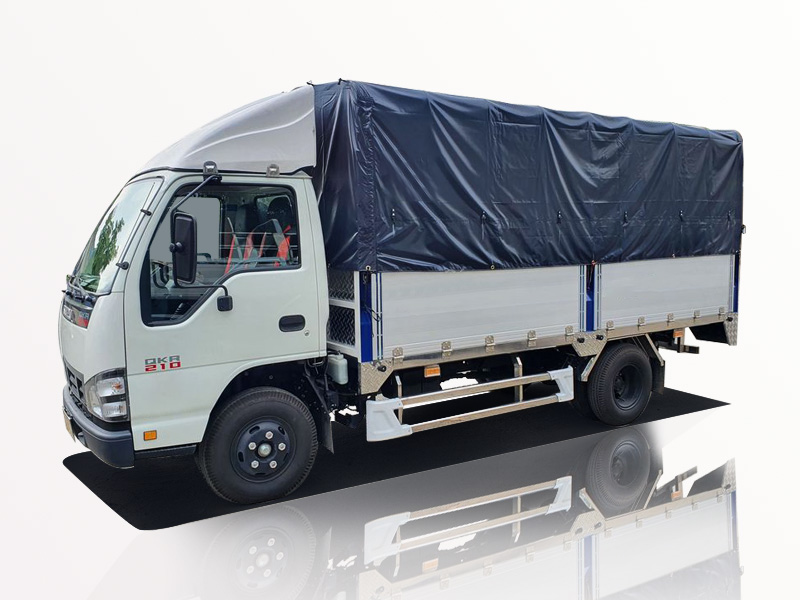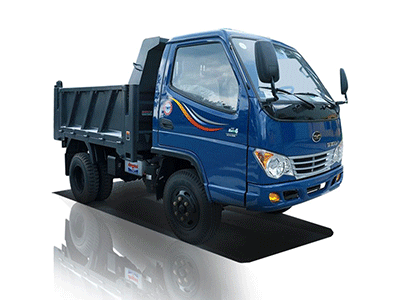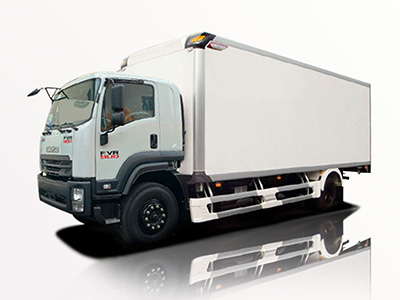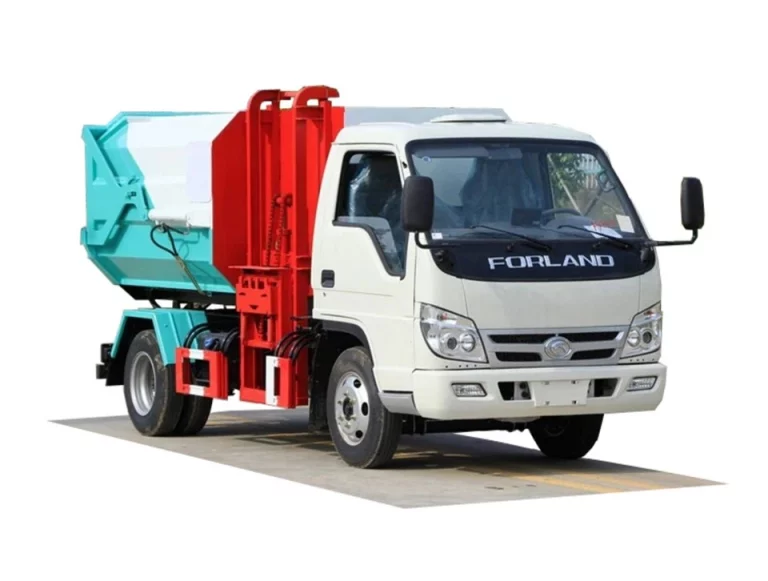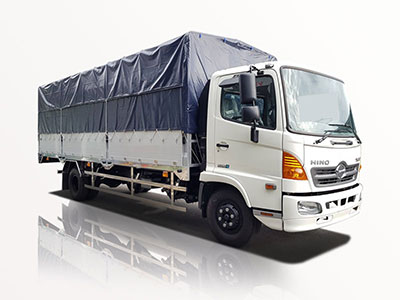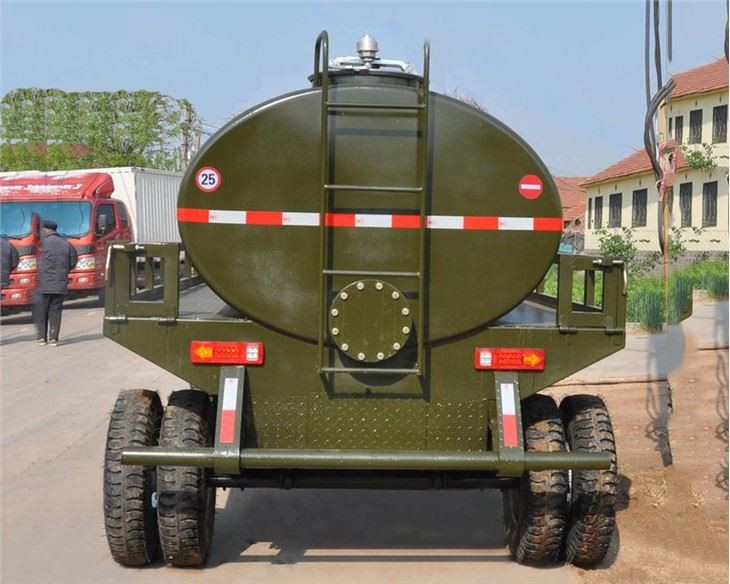In military operations, the efficiency of troop transport is critical to mission success. A dedicated troop transport truck plays a vital role in ensuring personnel are moved swiftly and safely to their designated locations. This article delves into the various aspects of troop transport trucks, including their types, historical significance, operational capabilities, and best practices for their use in modern military operations.
Understanding Troop Transport Trucks
What is a Troop Transport Truck?
A troop transport truck is a specialized vehicle designed to carry military personnel from one location to another. These trucks can vary in size and configuration, accommodating different numbers of soldiers while providing necessary features for safety and comfort during transit.
Importance of Troop Transport Trucks in Military Operations
The importance of troop transport trucks cannot be overstated. They are essential for:
- Rapid deployment of troops to various locations.
- Logistics support during combat and training missions.
- Enhancing the overall mobility of a military unit.
- Providing a means of safe transportation during emergencies.
Types of Troop Transport Trucks
Light Tactical Vehicles (LTVs)
Light tactical vehicles are designed for rapid movement and can typically carry up to 10 soldiers. Examples include the Humvee and the MRZR, which are often used in reconnaissance missions and quick assaults.
Medium Tactical Vehicles (MTVs)
This category includes vehicles like the Family of Medium Tactical Vehicles (FMTV), which can transport a larger group of troops (up to 20 soldiers). These trucks are commonly employed for logistical support and transport in diverse terrains.
Heavy Tactical Vehicles (HTVs)
Heavy tactical vehicles, such as the HEMTT (Heavy Expanded Mobility Tactical Truck), are used for transporting larger groups and cargo. These trucks are essential for supplying frontline troops with necessary equipment, food, and ammunition.
Historical Overview of Troop Transport Trucks
World War I and II
The evolution of troop transport trucks began during World War I, where motorized vehicles started replacing horse-drawn transport. By World War II, countries like the United States introduced robust models that could carry troops and essential supplies under harsh conditions.
The Cold War Era
Transport trucks saw significant advancements during the Cold War, with an emphasis on versatility and survivability. The introduction of armored troop carriers marked a shift toward protecting personnel while on the move.
Modern Developments
In today’s military, troop transport trucks have been integrated with advanced technologies, including GPS for navigation, enhanced communication systems, and armor to protect against threats on the battlefield. The focus is on adapting to both conventional and unconventional warfare scenarios.
Key Features of Troop Transport Trucks
Capacity and Layout
The capacity of troop transport trucks typically ranges from 10 to 40 soldiers, depending on the vehicle type. The interior layout is designed for maximizing space and comfort, with seat configurations that can be adjusted according to mission requirements.
Safety Features
Modern troop transport trucks are equipped with several safety features, including:
- Roll-over protection systems
- Advanced braking systems
- Fire suppression systems
Adaptability and Modularity
Many troop transport trucks are modular, allowing for modifications based on specific mission needs. This adaptability is crucial for varied operations, from humanitarian aid to combat logistics.
Troop Transport Truck Operations: Best Practices
Effective Planning and Coordination
Planning troop movements involves understanding the mission objectives, the terrain, and potential threats. Proper coordination with other military branches is also essential to ensure a seamless operation.
Safety and Maintenance Protocols
Regular maintenance checks are critical in ensuring the truck’s operational readiness. Troops should be trained on pre- and post-operation inspections to identify any mechanical issues.
Training Personnel
Personnel should receive comprehensive training not only on operating the truck but also on emergency procedures, convoy operations, and defensive driving techniques.
Challenges in Troop Transport Truck Operations
Terrain and Environmental Conditions
Transporting troops in adverse weather conditions or rough terrains poses significant challenges. Understanding the capabilities of the truck in different environments is vital for successful operations.
Security Threats
Troop transport trucks can become targets during missions. Implementing proper security measures, such as armed escorts and route planning, can help mitigate risks.
Resource Allocation
Effective resource allocation ensures that troop transport trucks remain available and operational. This includes fuel management, vehicle repairs, and spare parts availability.
Operational Examples of Troop Transport Trucks
Operation Desert Storm
During Operation Desert Storm, troop transport trucks played a significant role in deploying coalition forces rapidly. The use of HEMTT vehicles allowed for efficient logistical support across arid, desert terrains.
Humanitarian Missions
Troop transport trucks are also employed for humanitarian missions, where they transport aid workers and supplies to affected areas. Their robustness makes them suitable for navigating challenging conditions in disaster-stricken regions.
Future Trends in Troop Transport Trucks
Technological Advancements
With ongoing developments in automation, future troop transport trucks may feature autonomous driving technologies, enhancing operational efficiency and reducing the risk to personnel.
Sustainability and Fuel Efficiency
The push for greener technology is influencing troop transport truck development, with a focus on hybrid and electric models that reduce environmental impact while still providing necessary power and mobility.
Integrating AI and Data Analytics
As data analytics and AI evolve, military operations will benefit from better planning and real-time decision-making based on troop transport data, enhancing the overall effectiveness of troop movements.
Frequently Asked Questions (FAQ)
1. What are the primary uses of troop transport trucks?
Troop transport trucks are primarily used for transporting military personnel to and from mission locations, logistical support during operations, and facilitating training exercises.
2. How many soldiers can a typical troop transport truck carry?
The capacity of troop transport trucks varies, with light tactical vehicles carrying around 10 soldiers, while medium and heavy tactical vehicles can accommodate 20 to 40 soldiers, respectively.
3. What are some common types of troop transport trucks?
Common types include Light Tactical Vehicles (LTVs), Medium Tactical Vehicles (MTVs), and Heavy Tactical Vehicles (HTVs), each tailored for different operational needs.
4. How do troops ensure safety during transport?
Troops ensure safety by conducting pre- and post-operation vehicle inspections, adhering to maintenance protocols, and implementing security measures during transport.
5. What advancements can we expect in troop transport trucks?
Future advancements may include autonomous driving technologies, sustainable fuel options, and enhanced data analytics for improved operational efficiency.
6. Can troop transport trucks be modified for different missions?
Yes, many troop transport trucks feature modular designs that allow for modifications to suit specific mission requirements, enhancing their versatility.
